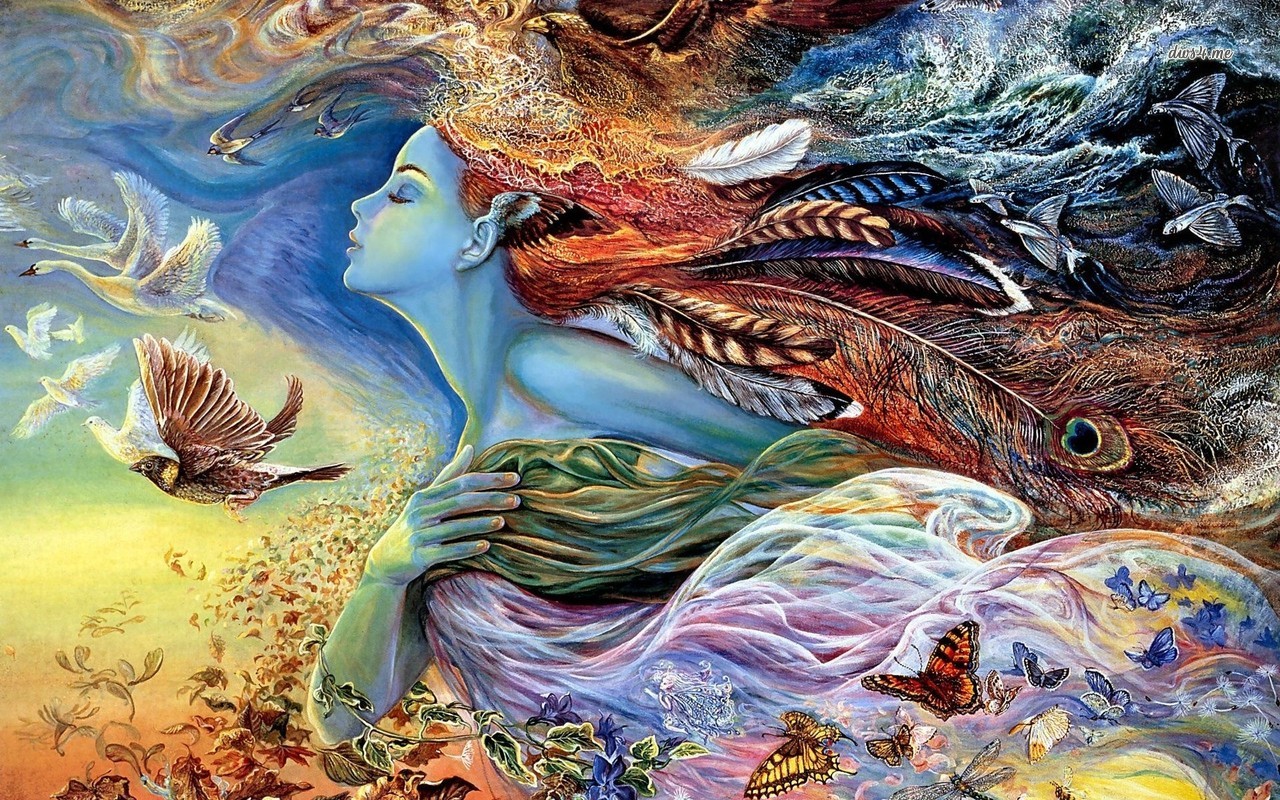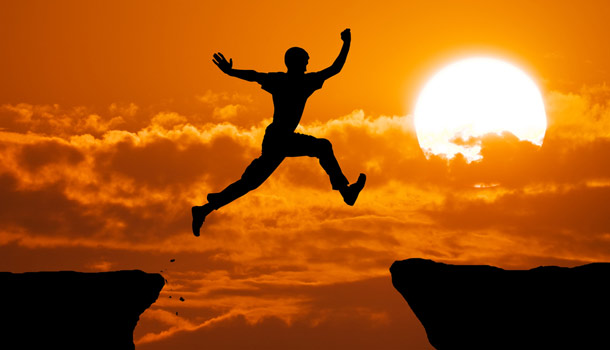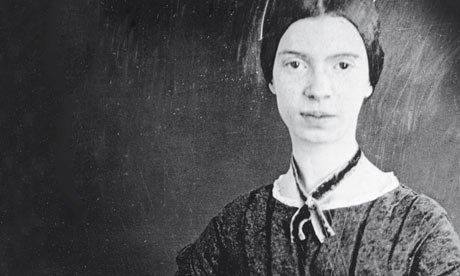About the author: The American poet Emily Elizabeth Dickinson was born on December 10, 1830. She is considered as the most important American poet of the 19th century along with Walt Whitman. Dickinson was born in Amherst, Massachusetts. Although she was from a prominent family with strong ties to its community, Dickinson lived much of her life in reclusive isolation. She studied at the Amherst Academy for seven years in her youth, next she went to Mount Holyoke Female Seminary before returning to her family’s house in Amherst. She never married, and most friendships between her and others depended entirely upon correspondence. She had written almost 1800 poems, of which a few dozen was published during her lifetime. She was an unconventional poet, but most of her works were altered by her publishers to fit it in the conventional poetic rules of the time.
Her poems were unique for her era, and much ahead of her time; they contained short lines, typically lacked titles, and often use slant rhyme as well as unconventional capitalization and punctuation. Many of her poems deal with themes of death and immortality. After her death in 1886, her younger sister Lavinia discovered her cache of poems; it was then that the breadth of work became apparent to the public. Her first collection of poetry was published in 1890 by personal acquaintances Thomas Wentworth Higginson and Mabel Loomis Todd. A complete and most unaltered collection of her poem was published by a scholar named Thomas H. Johnson called The Poems of Emily Dickinson in 1955.
Poetic devices in We Grow Accustomed to the Dark
METAPHOR: Line 9: “Darkness” is serving as an extended metaphor of the unknown.
Line 7: “Vision” is serving as a metaphor of our reaction to the “Darkness”.
Line 8: “road” is serving as a metaphor of the future.
Line 14: “Tree” is serving as a metaphor of the obstacles on our way; it can be emotional or physical, what matters is that the bravest of us fight it and moves on to the “road”.
We Grow Accustomed to the Dark Summary
The poem comprises of five short stanzas, throughout which the speaker walks through the dark and assures the reader that our eyes will eventually adjust to the darkness. Initially, it feels like stumbling outside into the night after being indoors; it can surely be scary and can take a while to be able to move around confidently without falling over. But eventually, our eyes get used to the darkness and then walking around is no more an issue. But, the speaker goes on to say, some darker nights, especially those of the mind, require a little more than time. The speaker explains herself in the following lines. The speaker says that the bravest goes forth in the darkness, sometimes walking into an obstacle like a tree. But in spite of all the obstacles and circumstances, we all are eventually able to make it to the road and are able to see our way.
We Grow Accustomed to the Dark Analysis
The poem starts with the line “we grow accustomed to the dark” which is also the title of the poem. The use of the pronoun “we” is significant, as, with this one word, the speaker has invited her readers to the darkness too; we are no longer in the light but in a situation where the “Light is put away-“. Of course the situation is metaphorical, our eyes do get accustomed to the darkness, but clearly, that’s not what the speaker refers to in here. She is most likely talking about emotions and getting accustomed to them. Adjusting ourselves to emotions whether new or painful has been compared to the situation where someone walks into the darkness “holds the lamp” to bid goodbye. The second stanza makes the poet’s intention a bit more clear, that the darkness is a metaphor for something the reader is not quite prepared for, and she keeps it that way throughout the poem. The seventh and eighth line assures the reader that “our Vision to the Dark” will gradually fit and eventually we will “meet the Road”. The fourth stanza gives us a figurative account of this “Darkness”, the reader is informed that it is large; by now it is apparent that Darkness is something way bigger than what occurs superficially in the poem. And this is substantiated by line ten, where the poet refers the darkness as “those Evenings of the Brain”. It can be claimed that may be the poet is talking about something which happens within us, presumably emotions, which happens within us, and we need to adjust to it. The darkness inside our “Brain” is so much that even the “moon” can’t “disclose a sign”; even the stars remain aloof. In the next stanza, the poet praises “the Bravest” who in spite of tumbling upon something like a tree never backs down; which refers to people who in spite of emotional
The seventh and eighth line assures the reader that “our Vision to the Dark” will gradually fit and eventually we will “meet the Road”. The fourth stanza gives us a figurative account of this “Darkness”, the reader is informed that it is large; by now it is apparent that Darkness is something way bigger than what occurs superficially in the poem. And this is substantiated by line ten, where the poet refers the darkness as “those Evenings of the Brain”. It can be claimed that may be the poet is talking about something which happens within us, presumably emotions, which happens within us, and we need to adjust to it. The darkness inside our “Brain” is so much that even the “moon” can’t “disclose a sign”; even the stars remain aloof. In the next stanza, the poet praises “the Bravest” who in spite of tumbling upon something like a tree never backs down; which refers to people who in spite of emotional
In the next stanza, the poet praises “the Bravest” who in spite of tumbling upon something like a tree never backs down; which refers to people who in spite of emotional setback, know how to overcome it and moves on with life; she calls them “Bravest”. The final stanza, puts the point of the poet out in the open; she says “either the Darkness alters-/ or something in the sight”. People who can overcome their pain and move on can eventually get on the way. These are the Bravest; their sight has adjusted to the darkest part of the night. As they were brave and went into the uncertain darkness, they will gradually see the road again. They can hence “step” in a straight line and follow it. The poet seems to convey a message to us as well as herself- that if we are brave like that, we too can eventually find our way even in the darkness.
Tone of the poem: The poem has a philosophical tone to it, where the readers are being consoled. As the Darkness in the poem is never clearly defined, hence it can have various interpretations depending on the mood of the reader. “Darkness” and “light’ are the two sides of the same coin. Just like our eyes need to adjust to darkness after being in the light for some time, the case is identical when it is the other way round. Whether it be pain or happiness, life gives us all of it, it may hurt, it may be unbearable, we might at some point face a catch-22 situation, but we need to be brave and keep moving, as eventually, everything falls into its place.
Conclusion: To an extent, this poem reflects the seclusion in which Dickinson had spent most of her life. The loneliness, walking in the dark, coping up with emotions, they all hint at that. The poem has all the qualities that give it a depth as well as an anonymous texture, the beauty of the poem lies in the undefined “Darkness”. Throughout it is treated as a metaphor for something bigger that happens within us, but the poet never gives it an identity, thereby gifting it n number of interpretations.
Some online learning platforms provide certifications, while others are designed to simply grow your skills in your personal and professional life. Including Masterclass and Coursera, here are our recommendations for the best online learning platforms you can sign up for today.
The 7 Best Online Learning Platforms of 2022
- Best Overall: Coursera
- Best for Niche Topics: Udemy
- Best for Creative Fields: Skillshare
- Best for Celebrity Lessons: MasterClass
- Best for STEM: EdX
- Best for Career Building: Udacity
- Best for Data Learning: Pluralsight















